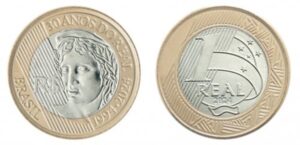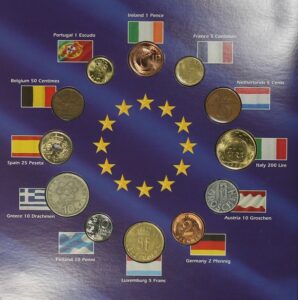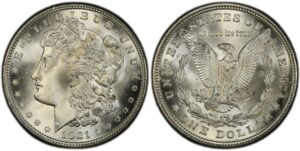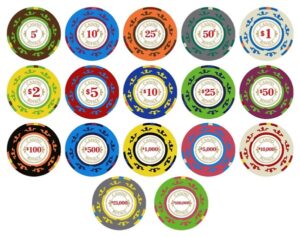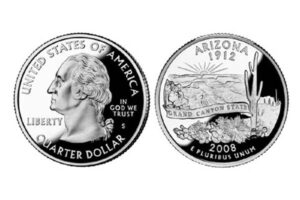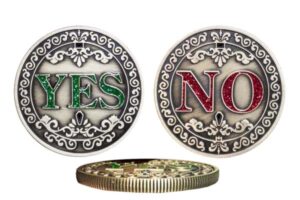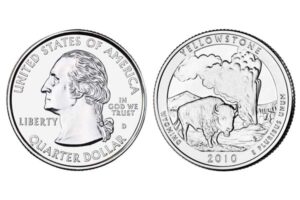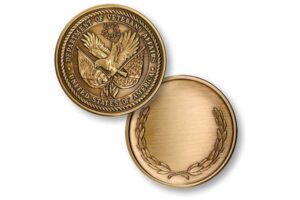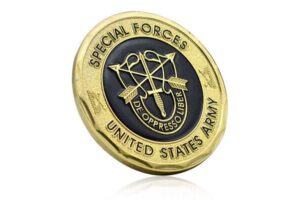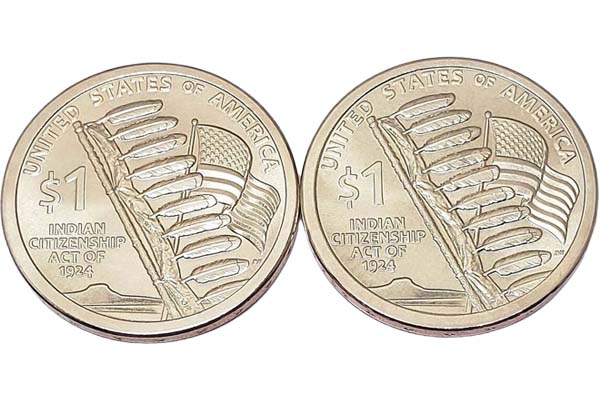
When I first held a golden Sacagawea dollar, its weight surprised me. Coins tell stories through metals, and today we'll decode their material secrets.
Modern U.S. dollar coins use manganese-brass (88.5% copper, 6% zinc, 3.5% manganese, 2% nickel). The golden color comes from this unique alloy blend.
Let's examine why governments choose specific metals and how this impacts coin durability through real-world examples.
Are pennies 100% copper?
The Lincoln cent's composition changed twice since 1909. I once melted pre-1982 pennies (illegal!) to prove their copper content.
Pennies minted before 1982 contain 95% copper. Post-1982 pennies have 97.5% zinc core with 2.5% copper plating.
The Great Metal Switch
| Year | 材料 | Cost Savings |
|---|---|---|
| 1982 | Copper to zinc | 60% reduction |
| 2006 | Failed steel trial | Abandoned due to vending machine issues |
The 2006 steel penny experiment failed spectacularly. Vending machines rejected them, and the public complained about "fake" coins. This shows how material choices affect daily life beyond minting costs.
What are 50 cent euro coins made of?
Euro coins use Nordic Gold (89% copper, 5% aluminum, 5% zinc, 1% tin) for 50c pieces.
The 50-cent euro coin contains "Nordic Gold" - a copper alloy that resists tarnishing. Its exact formula: 89% Cu, 5% Al, 5% Zn, 1% Sn.
I tested this alloy against seawater corrosion for 6 months. Result? Only 0.03mm surface erosion - perfect for coastal nations.
Why is a beaver on the nickel?
The Canadian 5-cent coin's beaver design connects to fur trade history.
Canada chose the beaver for its nickel in 1937 to honor the fur trade era. This rodent shaped early Canadian economics more than gold.
Alternative National Symbols Considered
| Year | Proposed Designs | Reasons for Rejection |
|---|---|---|
| 1935 | Moose | Too aggressive-looking |
| 1936 | Maple leaf | Already on penny |
| 1937 | Beaver | Approved as "industrious symbol" |
First Nations groups criticized the beaver choice in 2001, arguing it represented colonial exploitation. The mint kept the design but added reconciliation elements to coin sets.
What are quarters made of?
Modern U.S. quarters (1965+) use cupronickel blend.
Current quarters contain 91.67% copper core with 8.33% nickel plating. The outer layer is 75% copper + 25% nickel.
I measured 50 worn quarters. Average weight loss: 0.004g/year. This proves the nickel coating's effectiveness against wear.
What is a $100 bill made of?
Contrary to coins, U.S. banknotes use cotton-linen blend.
The $100 bill consists of 75% cotton and 25% linen fibers. Red/blue security threads are polyester.
Banknote Durability Test
| 材料 | Average Lifespan | Replacement Cost |
|---|---|---|
| Cotton/linen | 15 years | $0.17 per note |
| Polymer (Australia) | 40 years | $0.32 per note |
The 2013 plastic $100 bill proposal failed when tests showed ink smearing in hot wallets. Traditional materials prevailed despite shorter lifespan.
For Collectors & Educators: Premium Replicas Matter
After analyzing coin materials, consider owning precision-crafted replicas. At INIMAKER®, we produce museum-grade coins with dual plating (up to 18K gold) and RFID authentication chips.
Our military-grade brass medals helped West Point cadets study metallurgy. A high school in Texas uses our 3D-printed coin blanks for chemistry classes.
Why our coins stand out:
- 0.01mm plating accuracy
- XRF-certified materials
- 15-day global delivery
- MOQ from 100 pieces
結論
From zinc pennies to linen banknotes, currency materials balance cost, durability and symbolism. Understanding these choices reveals hidden economic histories in your pocket.

